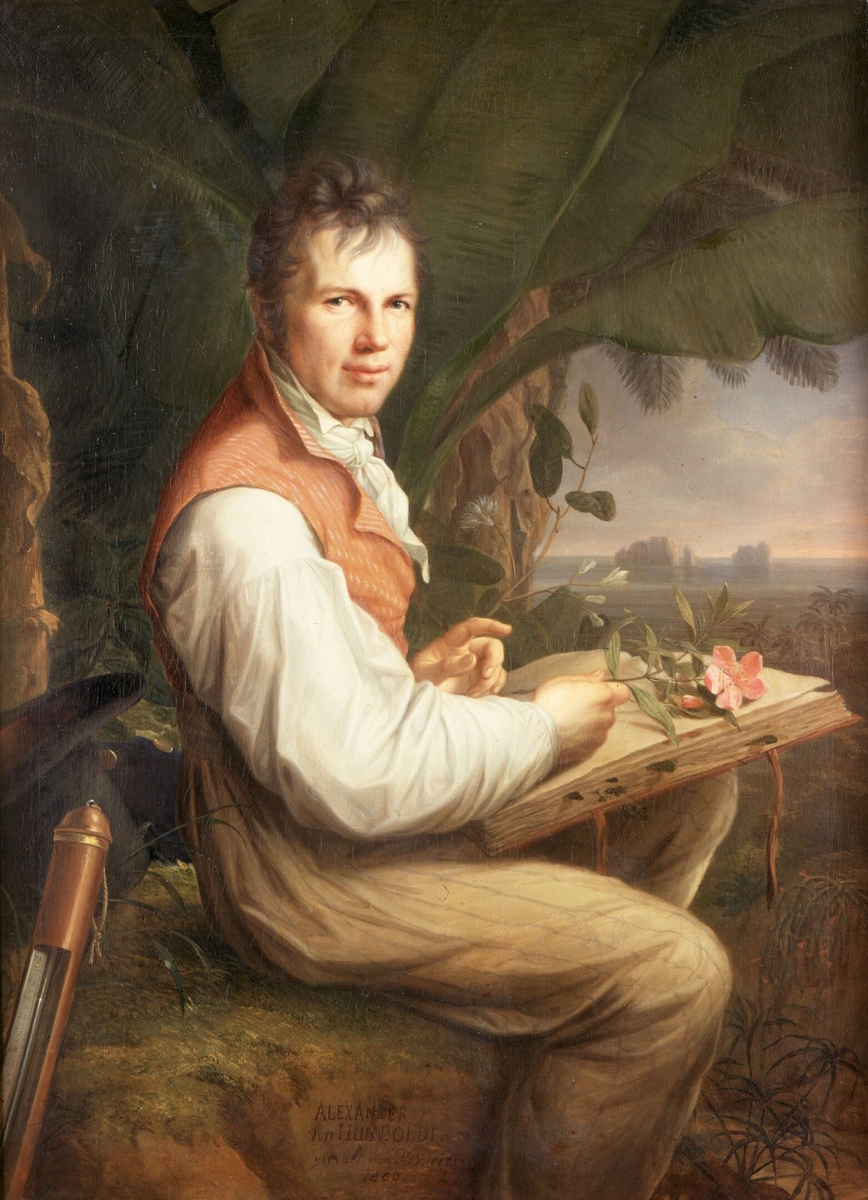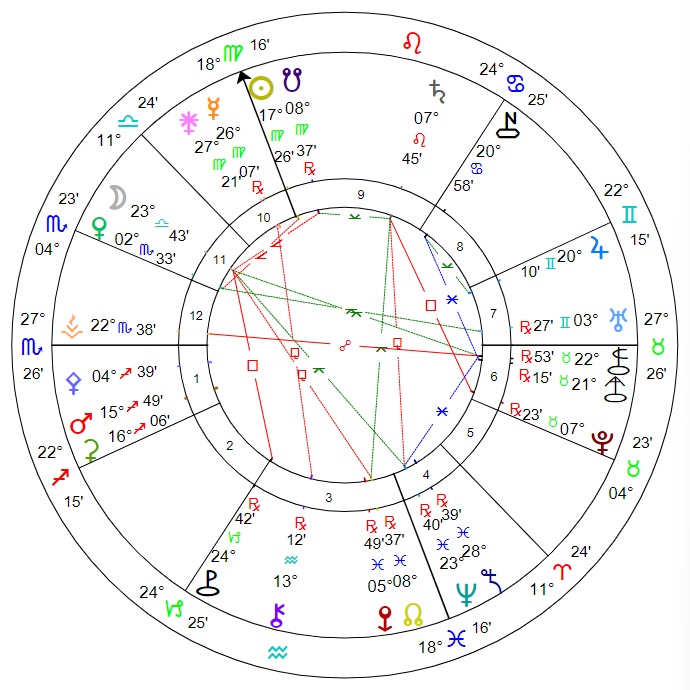Basics
Class: C-type asteroid
Location: Main belt
Orbit length (approx): 4.47 years
Discovered: 10th September 1858 (time unknown), from Paris, France, by Hermann Goldschmidt
Notes: Located in the intermediate asteroid belt, approximately 155 km in diameter.
Events at time of discovery:
- August 16 – U.S. President James Buchanan inaugurates the new trans-Atlantic telegraph cable.
- October 3 – Birth of Eleonora Duse, Italian actress
- October 19 – Birth of George Albert Boulenger, Belgian naturalist
- October 21 – Jacques Offenbach’s operetta Orpheus in the Underworld, featuring music now associated with the can-can, is first performed in Paris.
- October 27 – Birth of Theodore Roosevelt, 26th U.S. president
- November 16 – The 2,400,000th day of the Epoch of the Julian day is reached.
Naming information
Name origin: Alexander von Humboldt (1769-1859), a German polymath whose work pioneered or foreshadowed biogeography, modern geomagnetic and meteorological monitoring, ecology and holistic views of the universe. He also helped establish geography as an independent scientific discipline. He explored the Americas between 1799 and 1804, the first to describe the continent from a non-Spanish European perspective. Humboldt is seen as “the father of ecology” and “the father of environmentalism”. This is the first asteroid named after a male figure.
 |
| Portrait of Alexander von Humboldt (1806) by Friedrich Georg Weitsch. |
Astrological data
Discovery degree: 25+ Aquarius
Discovery Sabian: A Garage Man Testing a Car’s Battery With a Hydrometer
Discovery nodal signature: Capricorn–Leo
Estimated orbital resonances: Earth 2:9, Mars 9:19, Jupiter 8:3
Discovery chart details: Noon. Mercury was retrograde; Saturn was square Pluto, sesquiquadrate Neptune and quincunx the North Node. Venus was quincunx Uranus, Vesta opposite Chariklo and Mars conjunct Ceres.
Summary and references
Amable interprets Alexandra in relation to assessing a specific social environment, its variability and demographics[1]. Possible additions include new or alternative data that fill in knowledge gaps; counterintuitive, lateral or holistic thinking; problem-solving, or optimal use of skills and resources.
References:
1) Amable: (54) Alexandra
 |
| Noon discovery chart for (54) Alexandra: 10th September 1858, Paris, France. The asteroid is not depicted. |
